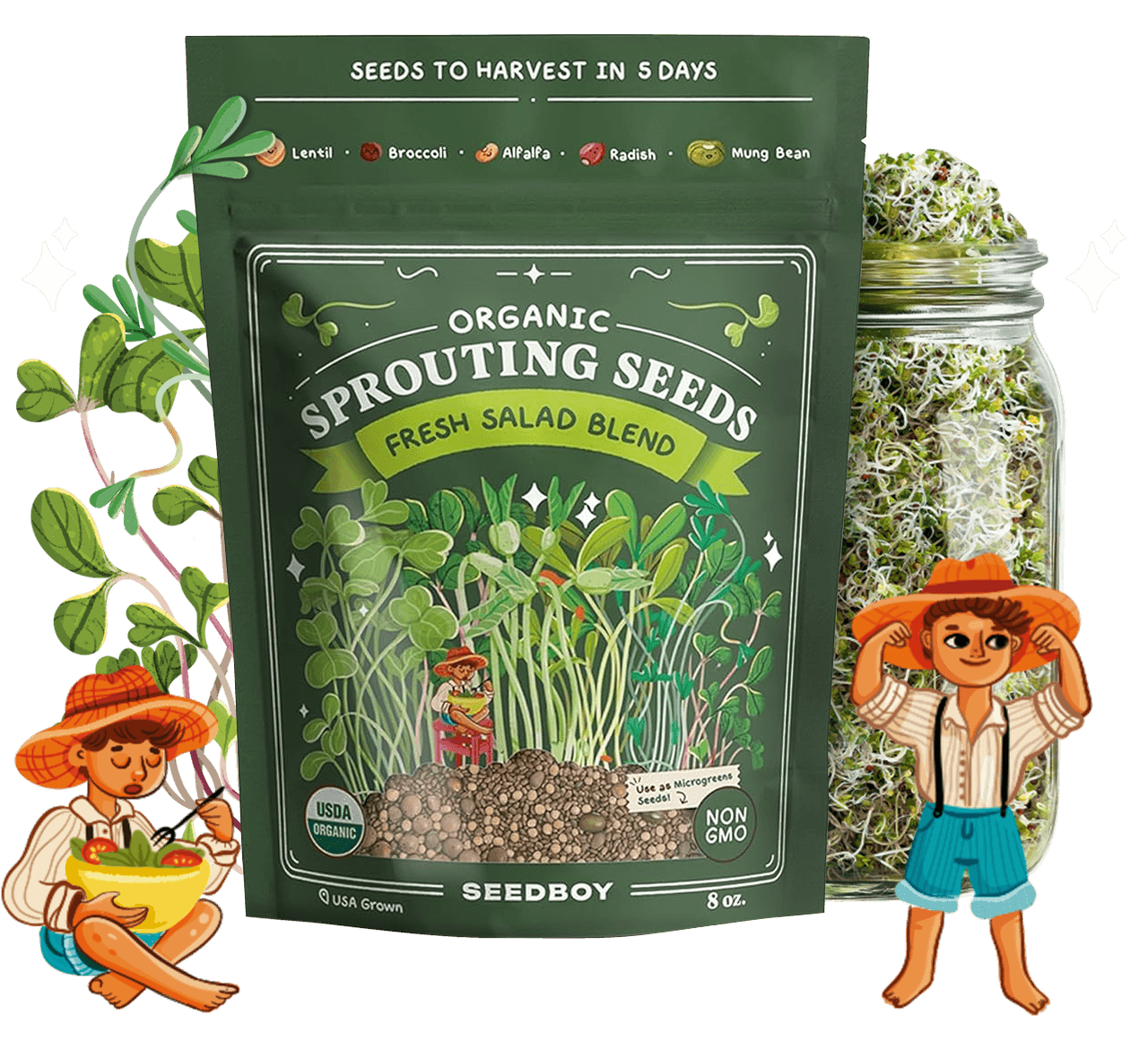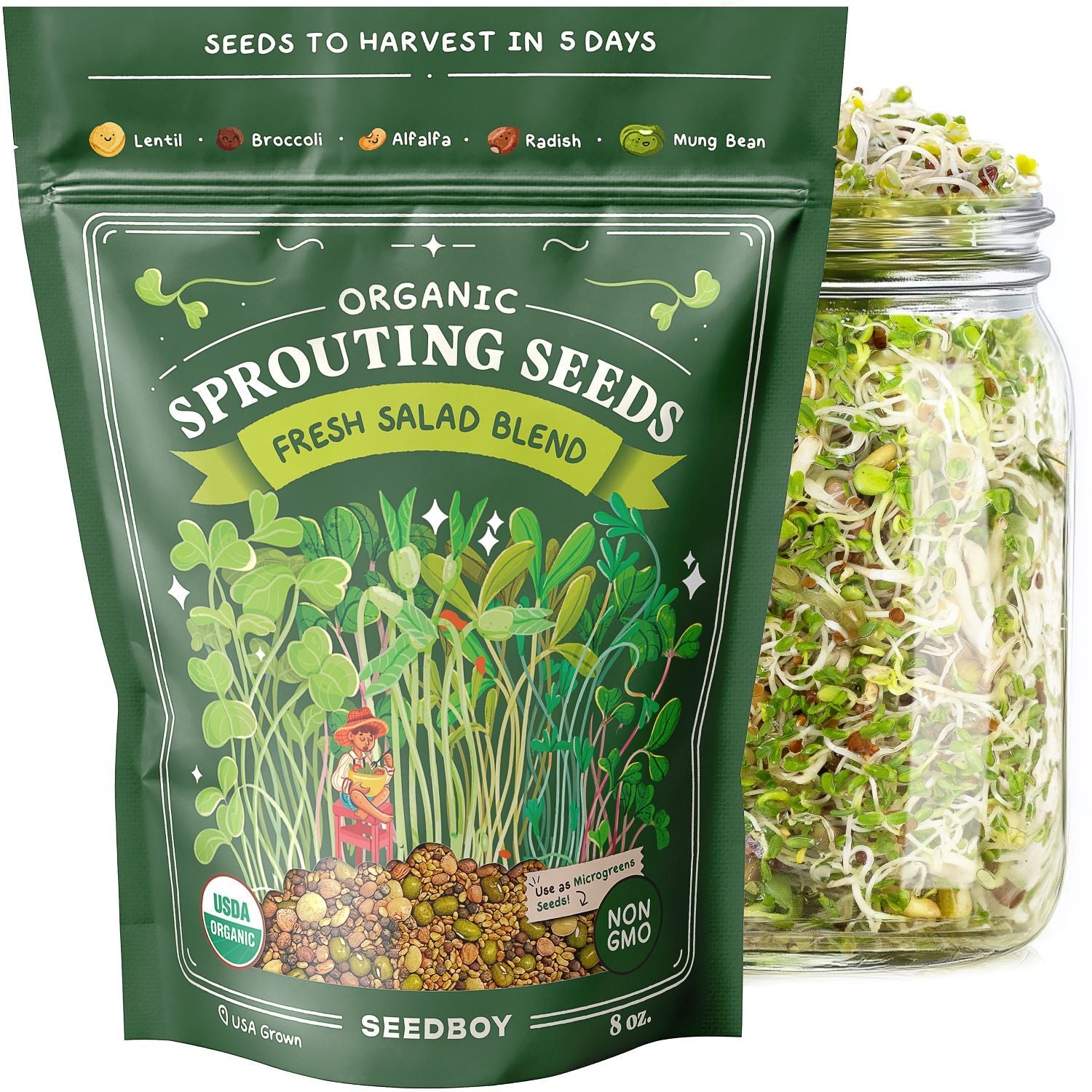
GROW GUIDE
Beefsteak Tomato
Solanum lycopersicum
Plant Description
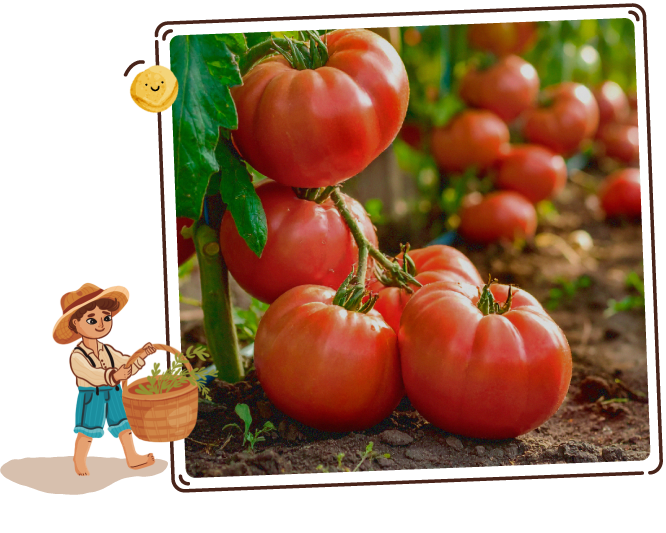
Beefsteak Tomato
A plump, sun-kissed fruit renowned for its hefty size and rich red hue, often with subtle ribbing along its surface.
This kitchen favorite, cherished for its juicy, meaty texture, is perfect for slicing, layering, or blending into fresh, flavorful dishes.
Quick Facts:
-

Sun Requirements
Full Sun
-

Days To Sprout
7-14 Days
-

Days To Harvest
75-90 Days
-

Plant Spacing
24-36"
-

Seeds Per Hole
3
-

Planting Depth
1/4"
Best Planting Locations
-

Sunny Spots
Beefsteak tomatoes thrive in full sunlight. Choose a sunny location that gets at least 6-8 hours of direct sunlight each day. For indoor planting, a south-facing window, greenhouse or supplemental grow lights work best.
-

Garden Rows
Perfect for outdoor planting, with space for staking and rich, well-draining soil.
-

Greenhouses
Controlled environments that maintain warmth and humidity for consistent yields.
-

Large Containers
Ideal for patios, offering mobility and the ability to manage soil and watering needs effectively. Choose a pot at least 20" deep and 24" wide to allow ample room for growth.
Getting Started

-
1
Find the Spot
Beefsteak tomatoes thrive in full sunlight. Choose a sunny location that gets at least 6-8 hours of direct sunlight each day. For indoor planting, a south-facing window, greenhouse or supplemental grow lights work best.
-
2
Prep the Soil & Fertilizer
Use well-draining, nutrient-rich soil with a slightly acidic pH (6.0–6.8). Mix in compost or well-rotted manure before planting. Beefsteak tomatoes prefer a balanced fertilizer that's higher in phosphorus and potassium but moderate in nitrogen to encourage fruit development over leafy growth.
-
3
Plant the Seeds
Plant 3 seeds 1/4 inch deep in seed trays or pots. During germination, keep the soil moist and place in a warm, bright spot with temperatures between 70° to 85°F.
Once seedlings have 3 sets of leaves and are about 3 inches tall, space them 24–36 inches apart to allow plenty of space for growth. If using cages, stakes, or a trellis, spacing can be reduced slightly to 18-24 inches.
Good Neighbors:
-

Basil:
Masks the scent of tomatoes from pests like thrips, aphids, and spider mites
-

Marigold:
Marigold's scent confuses insects and deters pests like tomato hornworms and aphids but attracts pollinators
-

Onion:
Onions' strong odors repel moths, cabbage loopers, and root maggots
-

Nasturtium:
Acts as a trap crop for pests while attracting pollinators
-

Thyme:
Thyme's oils repel ants, aphids, and armyworms, and it's blooms attract pollinators
Enemy Plants:
-
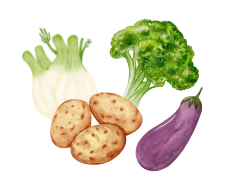
Broccoli:
Competes for nutrients and can inhibit tomato growth
-
Fennel:
Releases a chemical from its roots that inhibits the growth of tomatoes
-
Eggplant:
Susceptible to diseases like early and late blight, which can spread between plants
-
Potato:
Susceptible to blight diseases that can also affect tomatoes
Attractants:
-

Bees:
Attracted to the nectar
-
Aphids:
Feed on sap
-
Spider Mites:
Create fine webbing and cause speckled discoloration on leaves
-
Whiteflies:
Feed on plant sap, causing leaves to yellow
-
Tomato Hornworms:
Defoliate the tomato plant and nibble on the fruits
Repellents:
-

Asparagus Beetles
Deterred by the presence of alkaloids like solanine in the foliage
-

Mites
Extracts made from tomato leaves have been shown to be effective against mites
Best Time to Plant
USDA Hardiness Zones

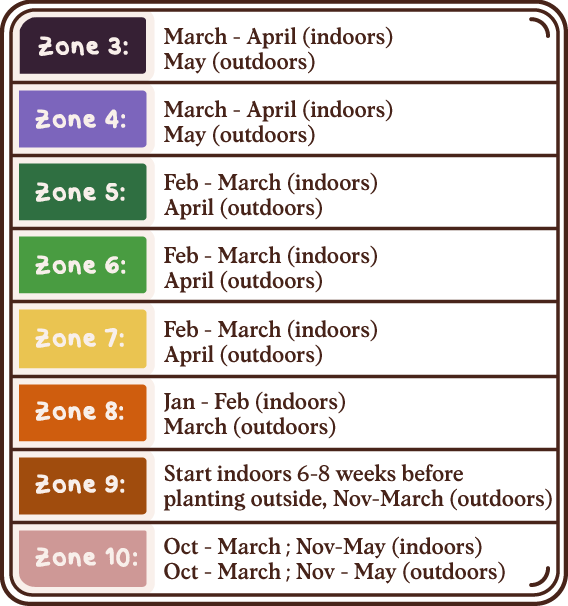
Day to Day Maintenance

-
Watering
Water deeply at the base to keep soil moist but not soggy. Avoid wetting leaves to prevent disease.
-
Pruning
Remove suckers to focus growth on fruit production, but be sure to leave enough foliage to allow for photosynthesis and protect tomatoes from sunscald.
The Harvest

-
Gathering
Pick tomatoes when they are fully red and slightly firm for the best flavor and texture. Harvest regularly to encourage continued production.
-
Harvest in the morning when temperatures are cooler to preserve the fruit’s freshness and quality.
Favorite Uses
-
Sandwich
-
Burgers
-
Caprese Salad
-
Salsa
-
Sauces


How to Store
-
Room Temperature
Duration: Up to one week
Location: Countertop away from direct sunlight
Method: Place the tomatoes stem-side down in a single layer, ensuring they are not stacked or touching to prevent bruising. Keeping them at room temperature allows them to retain their flavor and texture.
-

Refrigeration
Duration: Up to 10 days
Location: Refrigerator
Method: Place ripe tomatoes in the crisper drawer or a paper bag to reduce moisture loss. Allow the tomatoes to come to room temperature before eating to enhance their flavor, as refrigeration can slightly dull their taste.
-
Drying
Duration: Several months
Location: Warm, dry, well-ventilated area
Method: Slice the tomatoes into even pieces, arrange on a baking sheet or dehydrator tray, and dry at a low temperature (about 135°F/57°C) until leathery but pliable. Store in an airtight container to preserve their flavor.
-

Freezing
Duration: Up to 6 months
Location: Feezer
Method (Whole): Wash and dry the tomatoes, core them, and freeze them whole on a baking sheet. Once frozen, transfer to a freezer-safe bag or container. They can also be pureed and then frozen.
Fun Facts

-
Biggest on the Vine
Beefsteak tomatoes are one of the largest tomato varieties, with some growing up to 2 pounds, making them perfect for hearty sandwiches and salads.
-
The Juicy Heirloom
Many beefsteak tomatoes are heirloom varieties, passed down through generations for their exceptional taste and vibrant colors, from deep red to yellow and even striped.
-
Tomato Royalty
Known for their meaty texture and small seed cavities, beefsteak tomatoes are often considered the "king" of slicing tomatoes.
-
Not Made for Machines
Due to their large size and delicate texture, beefsteak tomatoes are challenging to harvest mechanically, making them a favorite for home gardens and small-scale farms instead of large commercial operations.
Subscribe to our Newsletter: "The Small Garden Chronicles"
Where curious growers gather for garden inspiration.
